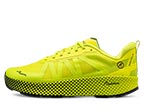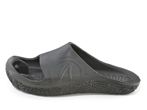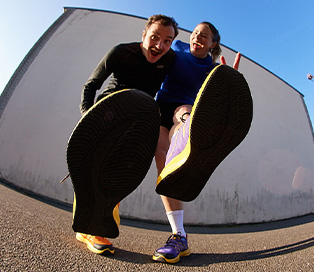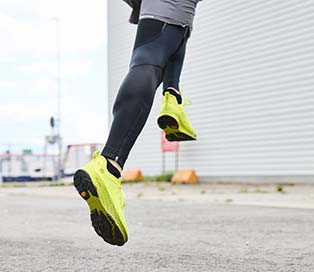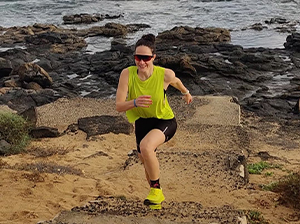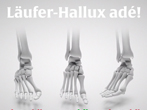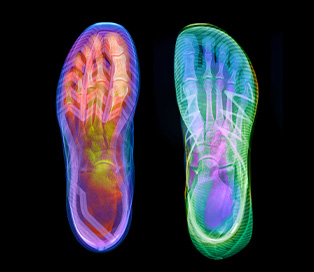Foot dysfunction and cure part 1
“everything in biology is subject to the laws of physics and chemistry and has arisen through evolution by natural selection” EO Wilson (1998)
An undisputed law of biology is that form determines function. The function of the foot is to provide a stable base of support. Simple principles of physics state that a wide base creates stability, so a functional foot should be wide. In simple terms, ‘to function like a foot, it must be shaped like a foot’.

Functional foot shape is compromised by shoes that are not shaped like functional feet. Hoffman (1905) was the first to show that feet of habitually-barefoot people were shaped according to physical laws governing stability, i.e. notable spread of the toes for a wide and stable forefoot region. He also showed the rapid, negative impact on foot shape of just six weeks of conventional shoe wear (figure 1).
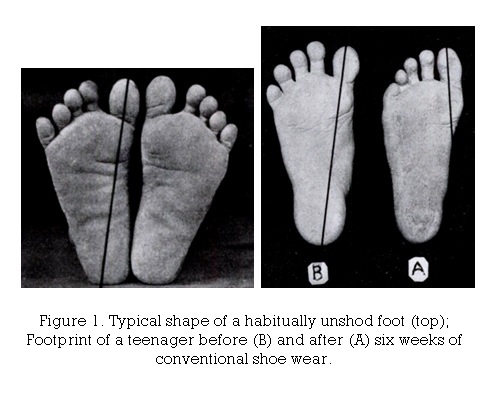
A more recent comparative study of habitually barefoot Indians and conventional shoe-wearing Chinese again showed marked difference in the shape of conventional-shoe wearers’ feet (Shu et al., 2015) (figure 2).
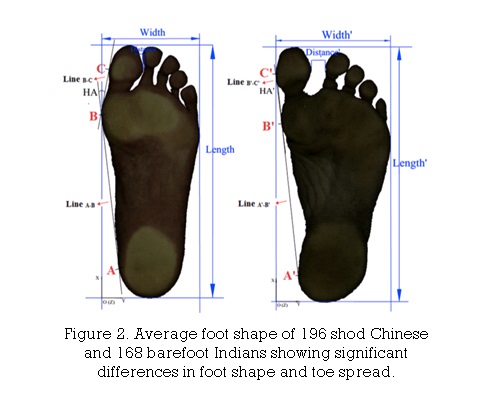
Shine (1965) showed deformity of foot shape worsened with years of shoe wear, and a recent randomised trial on identical twins (Munteanu et al., 2017) confirmed the only factor in development of foot shape deformity was years of conventional shoe wear. Both findings accord with Wolff’s law of bone adaptation to imposed forces (Wolff, 1892). The same law dictates that, given appropriate conditions (room to expand), functional foot shape can be restored. Knowles (1953) confirmed this with complete restoration of functional foot shape after 2 years wearing foot-shaped shoes (figure 3)
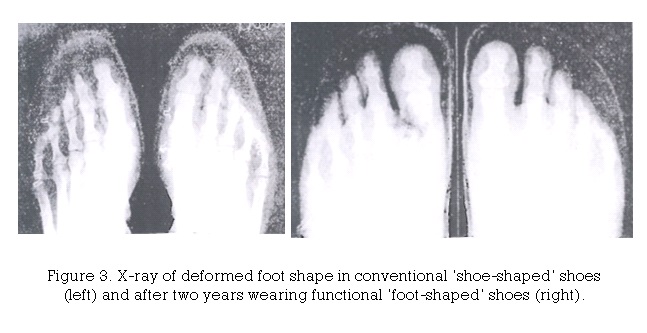
Compromised foot shape is the most prevalent type and the starting point for other types of foot dysfunction. The cure is simple:
- Wear foot-shaped (functional) shoes with space for the toes to spread and the foot to widen and;
- Load the feet with body weight creating the force to stimulate restoration of a functional foot shape.
References
Hoffman, P., Conclusions drawn for a comparative study of the feet of barefooted and shoe-wearing peoples. J Bone Joint Surg. 1905; 3: 105-136.
Knowles, F.W., Effects of shoes on foot form: An anatomical experiment. Med J Aust. 1953; 1: 579-581.
Shine, I.B., Incidence of hallux valgus in a partially shoe-wearing community. Br Med J. 1965; 1: 1648-1650.
Shu, Y., et al., Foot morphological difference between habitually shod and unshod runners. PLoS ONE. 2015; 10: e0131385
Wilson, E.O. Consilience: The unity of knowledge. New York: Vintage Books; 1998.
Wolff J. (1892). Das Gesetz der Transformation der Knochen. Berlin: A Hirschwald.
